Figure 6: Casting fixed bridge, using direct connection of sprues.
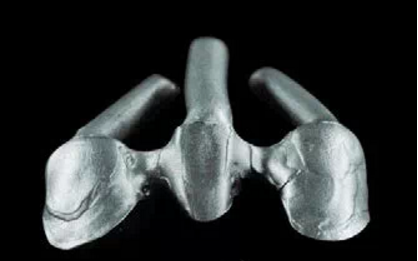
Figure 7: The edge of the crown forms a sharp edge with a preheat temperature of 800°C
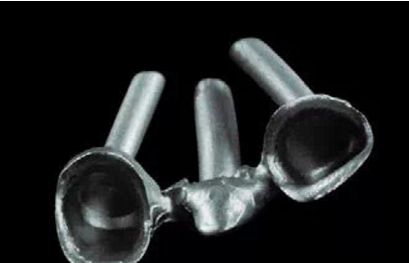
Figure 8: Inserting a sprue for a long fixed bridge with a large span
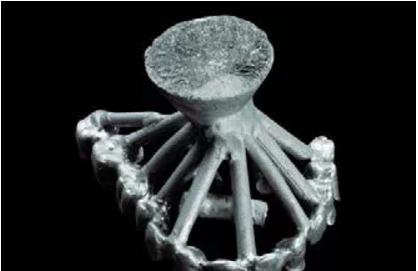
Figure 9: The gold storage tank is placed in the heating center
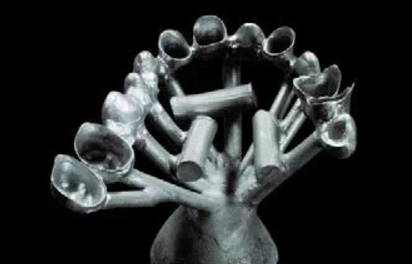
Figure 10: Cast finished 13-unit fixed bridge in place on the model
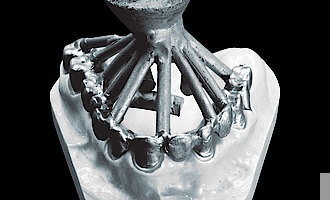
Discuss from a metallurgical perspective
The results of a series of casting tests show that the precision casting technique can also be applied well to dental technology: large accumulations of material are avoided, the casting temperature is reduced as far as possible to the necessary temperature for casting, and the melt is injected from thick to thin parts , in the thermal center to ensure sufficient storage pool volume.
in conclusion
Today, modern manufacturing techniques, such as multi-axis machining or laser melting techniques, are extensively used in the dental field to manufacture cobalt-chromium alloy crowns and bridges or superstructures. However, casting technology is still widely used worldwide. Which factors play a crucial role in the success of casting have been explained in this article. Of course, the process of casting cobalt-chromium alloys cannot be 1:1 equivalent to the casting of precious metal alloys. The following casting parameters have a direct effect on the quality of the casting:
Correctly design the sprue system and the number of insertions;
Determine the correct spatial layout and position of the sprue as a gold storage pool in the thermal center to avoid casting shrinkage;
Because the solidification speed of different types of alloy melts is different, a sufficient distance should be ensured between the sprue as the gold storage pool and the casting;
Select the corresponding preheating temperature according to the size of the casting;
The amount of casting alloy is selected according to the corresponding casting pressure.
Basically, if the temperature of the melt is too high and the amount of the melt is too high, the heat accumulated in the melt will be too high, which will cause the cooling time of the melt to be too long. These factors will lead to the damage to the surface of the casting by the embedding material. This damage will eventually result in the roughness of the casting surface. Therefore, we suggest that the casting parameters listed above should be checked and adjusted according to the casting conditions of each dental technician.

